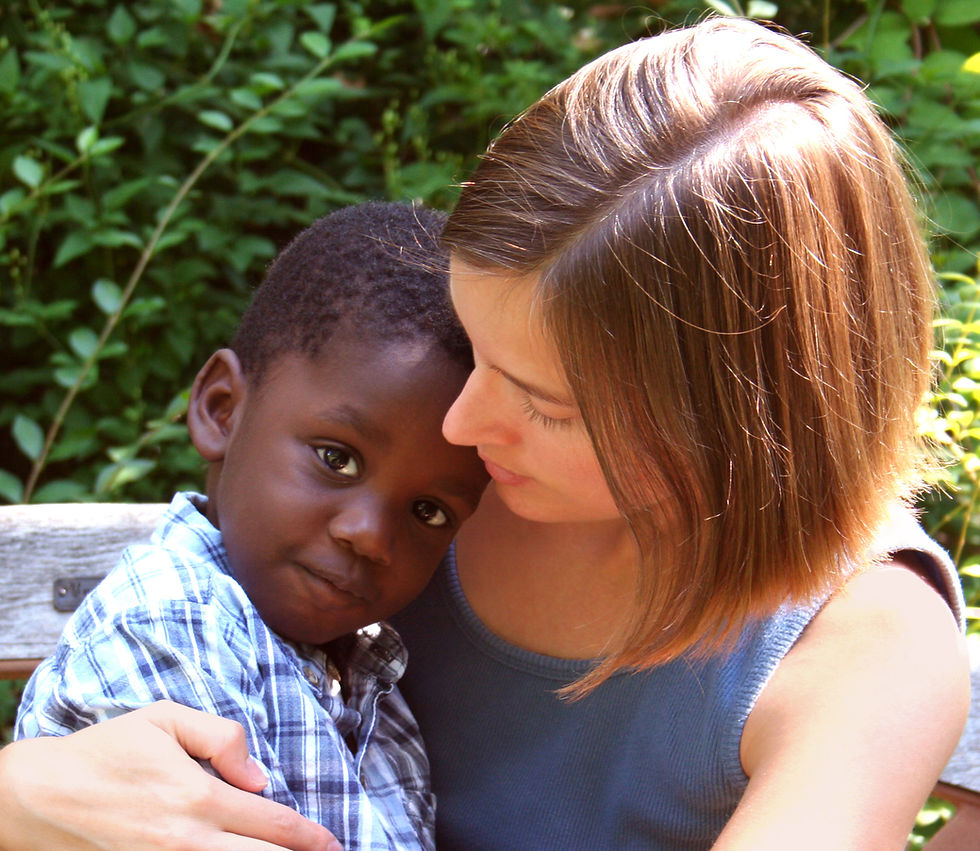Helping our Children with Attachment and Bonding, part 2 . . .
- Dr. Mark Andrews

- Jul 10, 2022
- 2 min read

In my last blog, I shared a concerning statistic that up to 85 percent of adopted and foster kids may have major struggles with attachment. Solid research over many decades has shown that the critical period for the development of healthy attachment occurs in a child’s first two years of life. This is the time when the seeds of trust, self-worth, and self-regulation are planted. To those of you adoptive or foster parents who are parenting a child who did not have these “seeds” planted, this may sound overwhelming, even depressing. But please understand, there is hope! This week I want to share a few more strategies that can, over time, help your child to overcome his or her fear of attaching to you:
1. Make as much eye contact with your child as possible when interacting with her. We’ve heard that the “eyes are the window to the soul”, and that is so true. Younger children typically don’t like to make eye contact when they’re in trouble. To do so implies guilt and shame. But even in those difficult and painful times, make an effort to get eye contact. Don’t force it, mind you, but encourage it. We all know that mutual eye contact during verbal communication adds important meaning and emphasis to our communication.
2. Be playful with your child. Let him see your silly side. Children from difficult and traumatic backgrounds are often at a high-stress level internally. Over time, as they see you letting your guard down, they will feel permission to do the same thing. Being playful with your child is therapeutic for both of you, especially after you’ve gone through a difficult day.
3. Give your child choices. Children from traumatic backgrounds have been robbed of their voices. They had no choice but to figure out how to survive. The choices you give them can be simple ones, yet empowering to your child. One example may be something as simple as giving them a choice of what they want for lunch or a snack. If bedtime is typically a battle in your home, give them a choice of a 10-minute game to play with you beforehand prior to bed. There is a direct connection between healthy attachment and providing your child with choices.
· For further practical information in helping your child to form healthy attachments, I highly recommend the book The Connected Parent: Real-Life Strategies for Building Trust and Attachment by Dr. Karyn Purvis and Lisa Qualls.





Comments